JuSi Adventures
|
4 Comments
Roger Lavallee
12/7/2020 11:40:23
je ne connaissais pas cette trail au nord du lac supérieur .... hâtes de vous suivre ..
Reply
Simon
12/7/2020 11:53:39
Oui, ça risque d’être superbe!
Reply
Celeste
12/7/2020 13:35:27
Happy trails you two!
Reply
Sonya Richmond
16/7/2020 14:19:42
Take care out there! Looking forward to reading your adventures as you go!
Reply
Leave a Reply. |
Details
AuthorWe are Simon Lanoix and Julie Chatelain and we are 'JuSi Adventures'. Our passion is to share our experiences with others. We revel in seeing others becoming more confident and authentic selves through the challenges found in nature. Archives
November 2023
Categories |

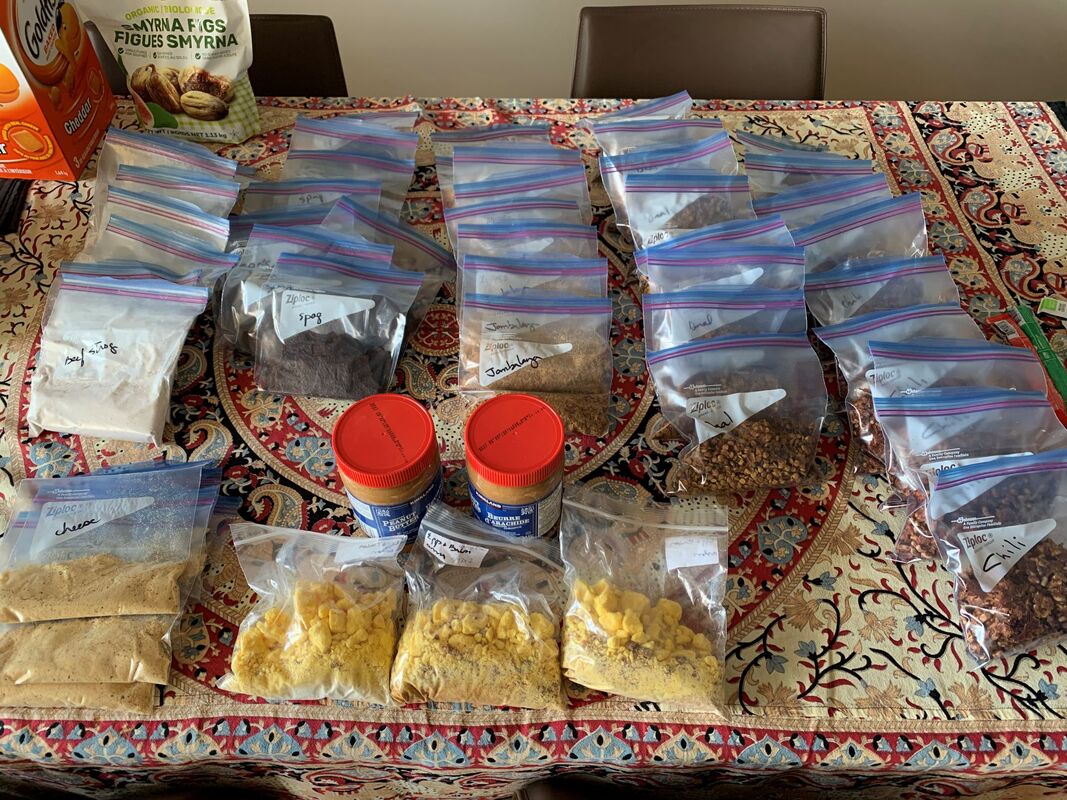
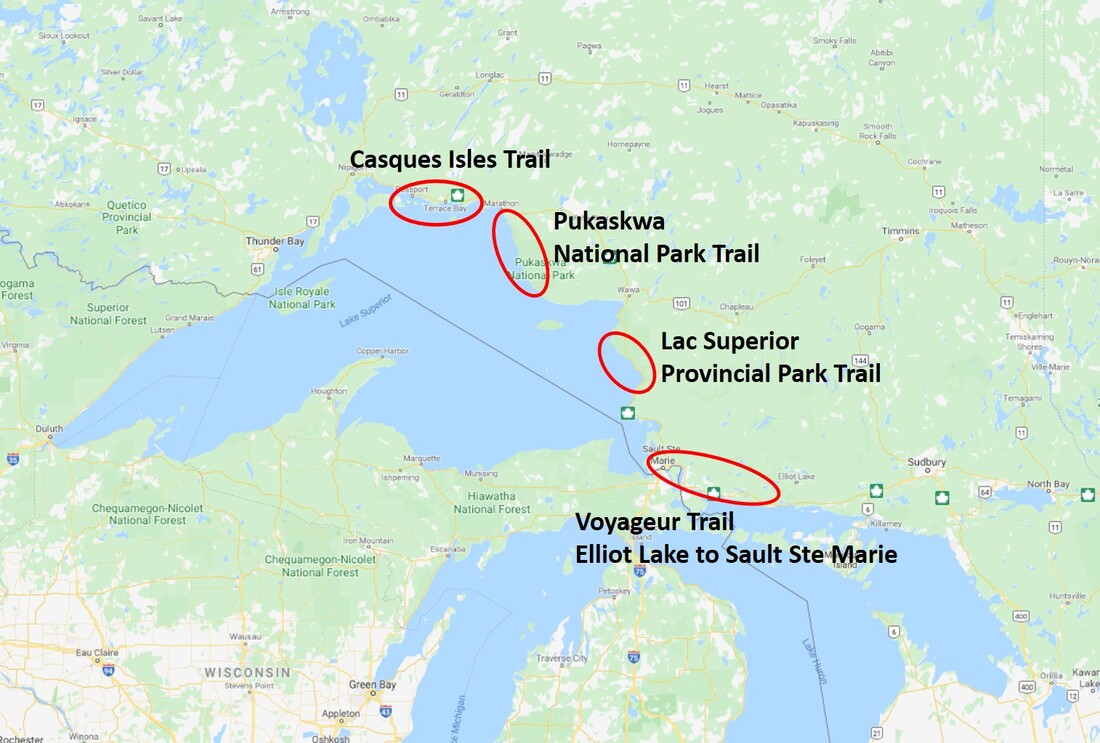
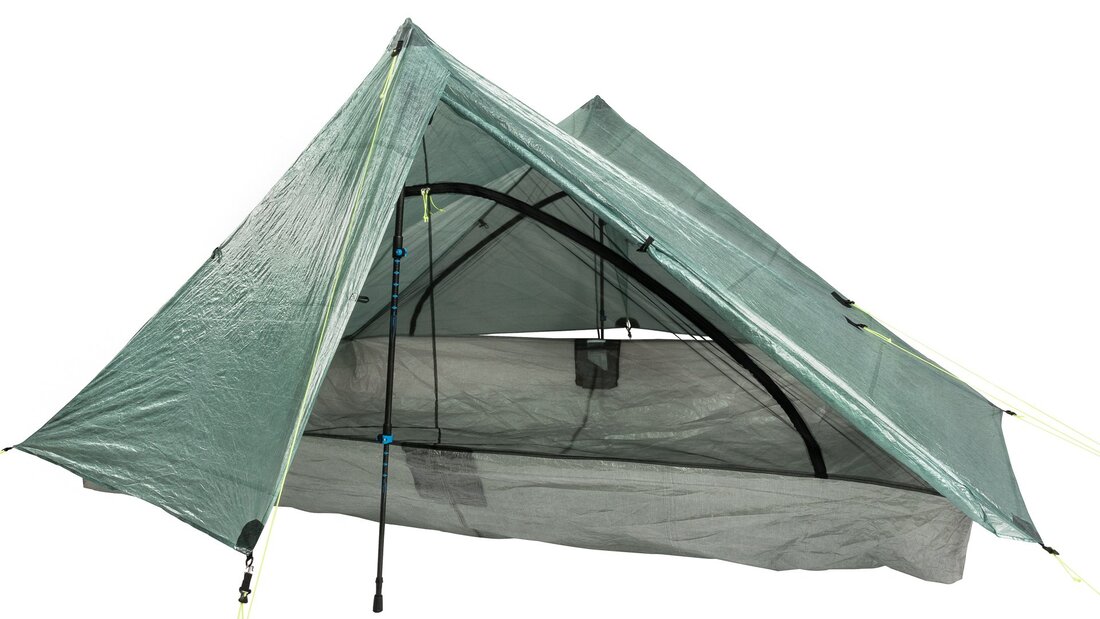
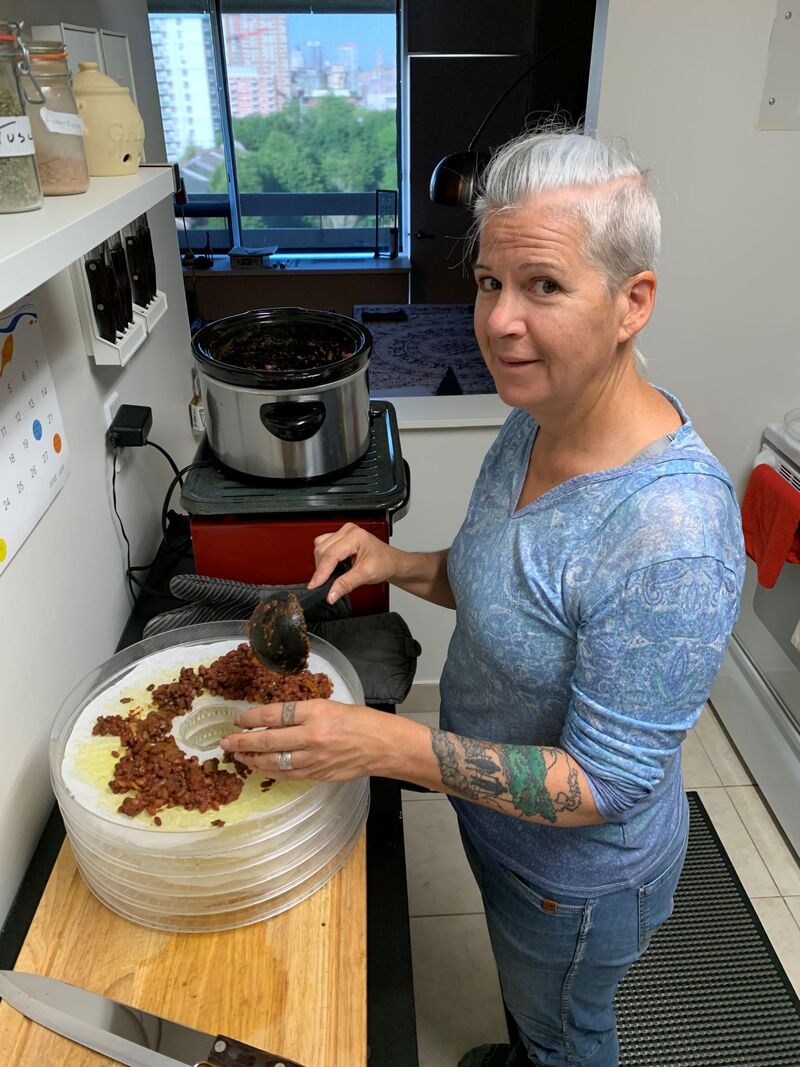
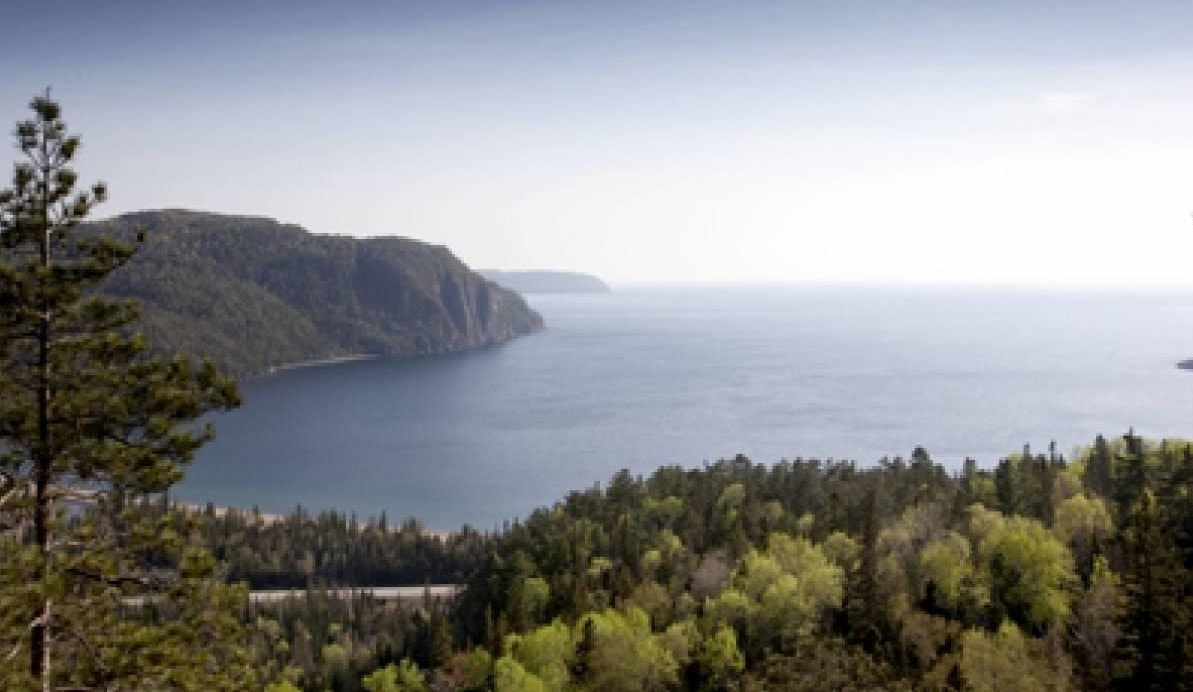
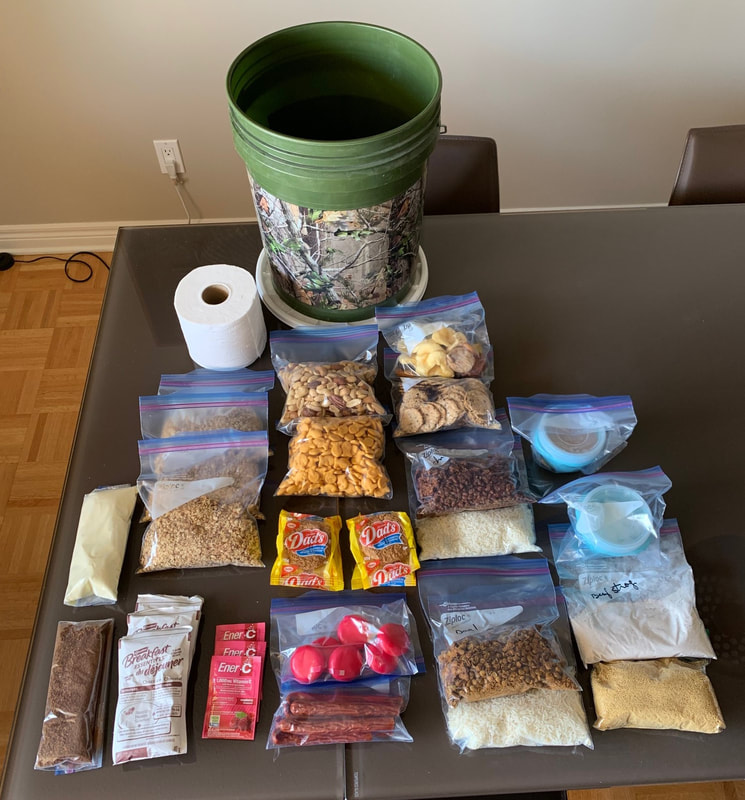
 RSS Feed
RSS Feed